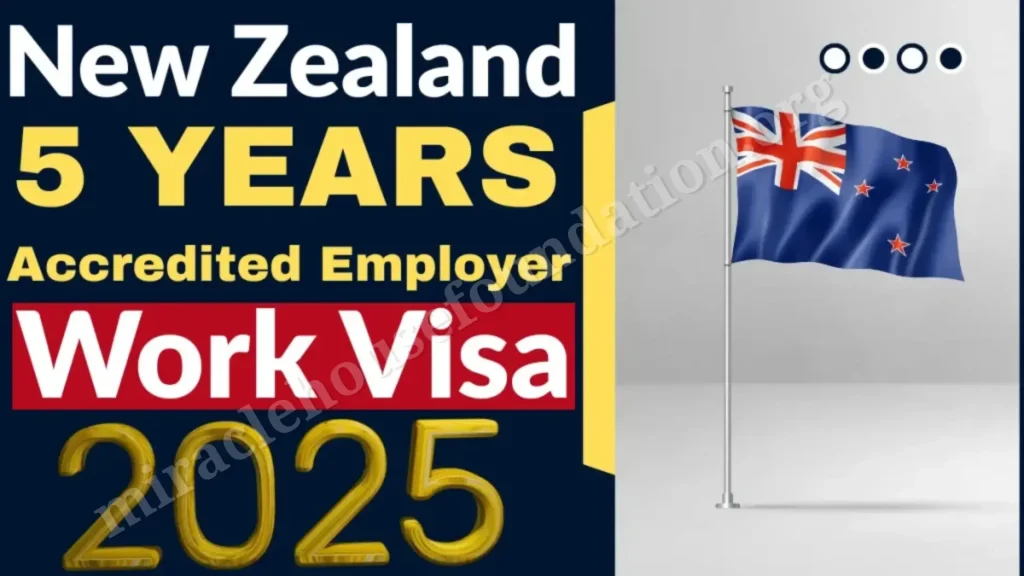UK Work and Family Visa Applications Drop After New Rule Changes. The UK immigration landscape has shifted sharply in 2025, with work, family, and temporary visa applications falling significantly following major rule changes introduced by the UK government. Newly released Home Office data for July 2025 shows that stricter policies have directly impacted visa demand, especially across healthcare, skilled worker, and family routes, while study visas have remained remarkably stable.
Major Immigration Rule Changes Take Effect
In March 2025, the UK Home Office introduced the Nightingale White Paper, outlining a series of reforms designed to tighten migration and “restore control” over the system. These rules officially took effect on 22 July 2025, reshaping job eligibility, salary requirements, and access to healthcare and family routes.
The policy direction aligns with the Labour government’s plan to reduce net migration and shift towards a system prioritizing high-skilled workers over large-scale recruitment in lower-paid sectors.
Key Policy Changes Introduced in July 2025
The updated visa rules include significant adjustments affecting employers and applicants:
- Higher Skill Requirement: Skilled Worker visas now require jobs at RQF Level 6 (graduate level).
- Salary Threshold Increase: Minimum salary for Skilled Worker visas increased from £38,700 to £41,700.
- Restrictions for Care Workers: New overseas applicants are no longer eligible to apply for care roles under the Health and Care Worker route.
- Tighter Employer Scrutiny: Health and social care employers now face stricter compliance checks.
- Higher Income Rules for Family Visas: Applicants must meet increased financial requirements.
Before vs. After: Key Changes
| Aspect | Pre-July 2025 | Post-July 2025 |
|---|---|---|
| Skill Level | Below RQF 6 | RQF 6 minimum |
| Skilled Worker Salary | £38,700 | £41,700 |
| Health & Care Worker Salary | £25,000 | £25,000 (same) |
| Care Worker Visa | Allowed | Not allowed for new overseas applicants |
| Family Visa Income | Lower threshold | Higher threshold |
Health and Care Worker Visas See a Dramatic Decline
The biggest drop occurred in the Health and Care Worker visa category. Applications have fallen 93% from the August 2023 peak. Primary applicants dropped from 18,300 to just 1,300 in July 2025.
This decline began in early 2024 after the Home Office tightened checks on care-sector employers, followed by new restrictions limiting the recruitment of overseas care staff.
Dependant applications also fell sharply—from 23,300 to 4,900—raising concerns about staff shortages across hospitals and care homes.
Skilled Worker Visas Face Moderate Decline
While less severe than the care sector, the Skilled Worker route experienced a noticeable decline.
- Applications peaked at 10,100 in April 2024, then fell to 4,900 by July 2025.
- Year-on-year, principal applicants dropped 16%.
The higher salary and skill thresholds have made the route more selective, although many employers are now raising wages to meet the new criteria.
Study Visas Show Strong Resilience
Despite concerns about migration cuts, study visa applications have remained stable and even showed growth:
- Main applicant numbers reached 428,900 for the year ending July 2025 (a 3% annual drop).
- Q1 2025 saw a 32% increase in study visa issuance compared to Q1 2024.
- From January to May 2025, 76,400 students applied—29% more than the same period in 2024.
Dependent Student Visas
Dependent applications dropped 86%, due to the January 2024 rule preventing most students from bringing family members (except researchers and government-funded scholars).
Family Visa Applications Show Mixed Trends
Family visa applications fluctuated significantly after the new income requirements were announced:
- Surge in applications: 7,500 in Dec 2023 → 12,700 in Apr 2024
- Sharp decline after implementation: 5,100 in June 2024
- Gradual recovery: 8,100 in July 2025
This pattern indicates a period of adjustment as families adapt to higher financial thresholds.
Visa Performance Overview
| Visa Category | Peak Applications | July 2025 | Change |
|---|---|---|---|
| Health & Care Worker | 18,300 | 1,300 | -93% |
| Skilled Worker | 10,100 | 4,900 | -52% |
| Study (Main) | — | 428,900 | -3% YoY |
| Study (Dependants) | — | 20,200 | -86% |
| Youth Mobility | — | 22,200 | -10% YoY |
| Seasonal Worker | — | 38,600 | +9% YoY |
| Family Visas | 12,700 | 8,100 | -36% |
Temporary Work Visas Show Mixed Outcomes
Trends varied across temporary work routes:
- Youth Mobility Scheme: Down 10% year-on-year, including the India Young Professionals Scheme.
- Seasonal Worker Visa: Up 9%, reflecting ongoing demand in agriculture.
Industry Impact and Future Outlook
The steep decline in work visas reflects the government’s strategy to reduce reliance on overseas workers, especially in lower-paid care roles. However, many industry leaders warn that the restrictions may worsen labour shortages, particularly in healthcare and social care.
Migration analysts, including Dr. Ben Brindle from the Migration Observatory, note that employers are now increasing wages to attract domestic and eligible foreign workers under the revised rules.
The government’s long-term goal is to create a skills-focused immigration system, reduce exploitation, and ensure migrants make a high-value contribution to the UK workforce.
Overall Yearly Trends
| Visa Route | Yearly Trend |
|---|---|
| Health & Care Worker | -78% |
| Skilled Worker | -16% principal applicants |
| Youth Mobility | -10% |
| Seasonal Worker | +9% |
| Study Visas (Main) | +32% Q1 2025 vs Q1 2024 |
| Study Visas (Dependants) | -86% |
| Family Visas | Recovering after initial drop |
Conclusion
UK visa applications in 2025 show a clear shift following the new immigration reforms. While Health and Care Worker visas saw the most dramatic fall at 93%, Skilled Worker and Family visas also declined significantly. In contrast, study visas have remained strong, even showing growth in early 2025.
The new system taking effect from July 2025 signals a long-term strategy focused on high-skilled migration and reduced reliance on overseas hiring in certain sectors. As applicants and employers adapt to the changes, visa patterns are expected to continue evolving.








